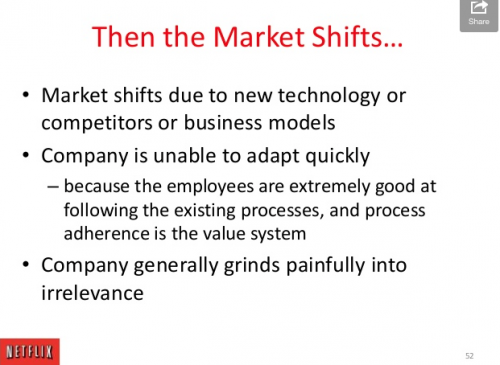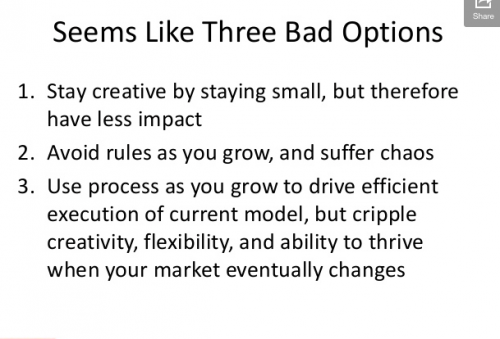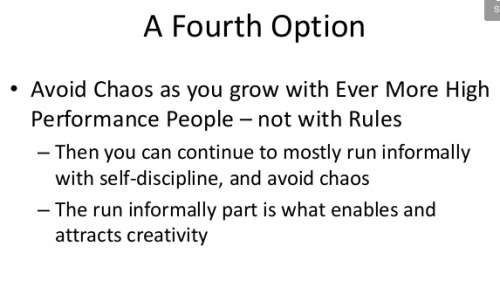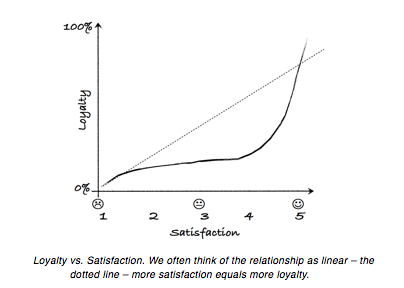In the current isue of HBR theres is a very interesting and inpiring article on Netflix and their HR policy.
You can see the full deck here in slideshare
There is lot of inspire in stuftt in that deck but three slides realy strauck a cord with me:
—
—




